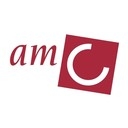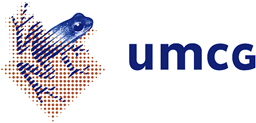Collaboration for New Treatments in Acute Stroke
The overarching aim of CONTRAST is to improve outcome of patients with stroke by creating a consortium that blends mechanistic, basic scientific projects with pragmatic randomised clinical trials with a firm view of the future of Dutch Stroke Research beyond the coming five years.
Intra-arterial therapy (IAT) with the use of a retrievable stent improves outcome in selected patients with acute ischemic stroke (AIS) and a proximal intracranial artery occlusion. Still, major challenges in the treatment of acute stroke remain. First, 15% of all strokes are intracerebral hemorrhages (ICH), for which treatment options are very limited. Second, currently only 10% of all patients with AIS are eligible for IAT. And third, even after successful IAT, in active treatment arms of recent IAT trials 29% to 67% of patients had a poor outcome.
Incomplete microvascular reperfusion despite recanalization of the occluded artery is a major contributor to poor outcome after AIS. Possible mechanisms are distal microembolisation and distal microthrombotic occlusion through activation of platelets and pro-coagulatory pathways and possibly also through microvascular occlusion through cellular swelling by activation of the innate and adaptive arms of the immune system.
This consortium will perform five large acute stroke trials to test novel treatment strategies, aimed at preservation of ischemic tissue and improving outcome by including 1. pre-hospital augmentation of collateral blood flow and blood pressure reduction; 2. antithrombotics to prevent microvascular occlusion after IAT; 3. immediate IAT without preceding thrombolysis; 4. IAT in the 6 to 12 hour time window; and 5. microsurgical hematoma evacuation and dexamethasone in patients with ICH. They will 1. aim to identify patients who will benefit from these interventions through advanced imaging; and 2. they will elucidate mechanisms of incomplete microvascular reperfusion with the aim to develop novel stroke treatments in animal models, in combination with data from our clinical biobank, which stores blood, plasma and extracted thrombi; and 3. apply discrete event modelling (DES) with data from the trials, to optimise stroke care.









